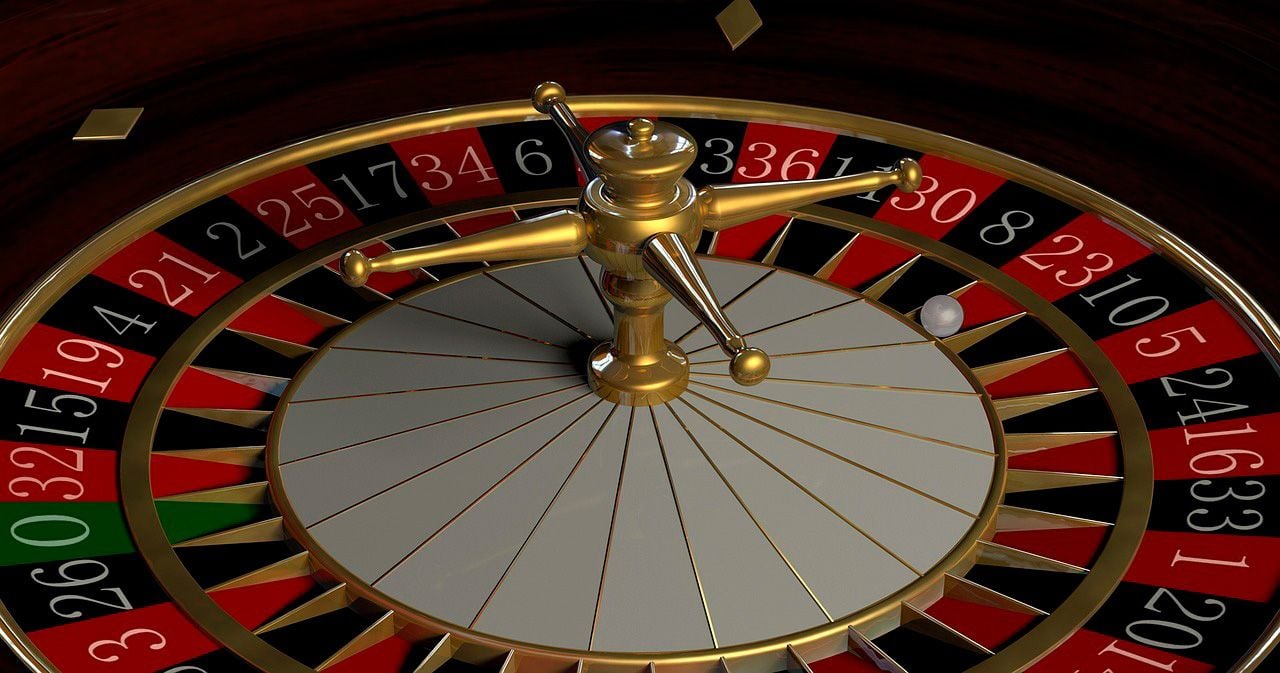
Gambling on slots has captivated players in various countries with its appealing themes, lively graphics, and the thrill of luck. One of the most important aspects that is frequently overlooked is the idea of payout percentages, which play a crucial role in determining your odds of winning. Grasping how these percentages work can give you valuable insights into your playing experience, allowing you to make better choices about where and how to play.
Every slot machine is crafted with a specific payout percentage, often referred to as the return to player. This percentage shows the fraction of the bets placed that the machine is programmed to return to players over time. While hitting a jackpot can be exhilarating, knowing the odds behind each spin can inform your strategy. Diving deeper into the mechanics of payout percentages reveals not only how they influence your winnings, but also the overall allure of slot gambling.
Understanding Return to Player Percentages
Return figures, often referred to as return to player (RTP), are essential measures of a slot machine’s financial viability for players. This figure represents the ratio of bet money that a slot machine is set to pay back to players over time. For example, a slot machine with a payout percentage of 95 means that, theoretically, for every 100 dollars wagered, the machine pays back 95 dollars in winnings. Comprehending these percentages helps players in making educated choices about which machines to choose based on their comfort with risk and gambling approach. slot bet 100
The payout percentage is determined by the game developers and can change considerably between different slot machines. High RTP slots typically feature rates of 96 or higher, suggesting better odds for players in the long run. Meanwhile, lower RTP slots, typically below 90, may provide less favorable odds. Players should look for games with better RTPs to increase their chances of success, notably if they intend to invest considerable time playing.
It is crucial to mention that while payout percentages provide perspective into the game’s expected payouts, they do not promise immediate outcomes. Slot results are unpredictable, and gaming sessions may vary widely, with players experiencing victories and defeats. Therefore, while choosing games with better payout percentages can boost the player experience, it does not remove the natural risks of slot gambling.
The Way Slot Machines Determine Odds
Grasping the method by which slots calculate odds can be crucial for anyone interested in casino betting. At the core, every gambling machine operates using a random number generator, or RNG, that guarantees that every spin remains autonomous and random. The RNG generates millions of numbers per unit of time, while when a player hits the spin button, the device selects a value which corresponds to a particular combination of symbols across the wheels. This unpredictability remains vital to ensuring equity within the activity and renders it not feasible to predict and influence the outcome of a turn.
The odds of winning for a gaming device get determined by the exact combinations of icons that line up across the paylines after a spin. Every symbol is assigned a value, and the game’s internal programming defines the payout of every set of symbols. Premium symbols might show up more rarely than low-value ones, which impacts the overall payout percentage. Additionally, slot machines feature various payout structures, including fixed jackpots as well as increasing payouts, that may additionally influence the chances of hitting a significant win.
To educate players regarding the odds, casinos typically publish the return-to-player (RTP) rate of all slot game. The RTP figure indicates the average revenue of wagers throughout the duration, setting player anticipations about potential winnings. For instance, a slot with a 95 % RTP can be forecasted to pay back 95 cents on each dollar wagered over the duration. Even though this percentage does not assure winning outcomes for individual players, it provides valuable insight about the overall profitability as well as odds for players engaging in slot gambling.
Methods for Increasing Returns
To maximize your returns in slot machines, it is important to pick machines with superior return percentages. Look for machines that advertise return to player rates greater than the typical range, which typically falls from 85 to ninety-five percent. Many casinos publish these statistics, and looking up online can guide you to the best options. The greater the return percentage, the higher you can expect to recoup back over the long run, making it a wise foundation for your gambling strategy.
Another successful approach is to manage your bankroll wisely. Set a spending limit before you start playing and stick to it. This prevents you from going over budget and enables you to gamble longer while minimizing losses. Think about using a part of your funds to stake on multiple machines, rather than putting all your money on a single slot. This approach lets you to explore different games and enhances your chances of hitting a winning sequence.
Lastly, take benefit of any offers or loyalty programs available by the gaming establishment. Many casinos provide rewards, free spins, or other perks that can increase your money and extend your gambling time. By using these promotions strategically, you can boost your probabilities of winning without investing more of your own cash at stake. Always be sure to review the terms and conditions related to these offers to understand the conditions for withdrawing any winnings.
